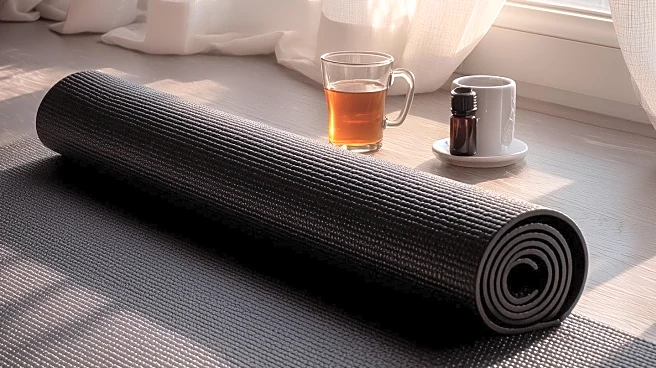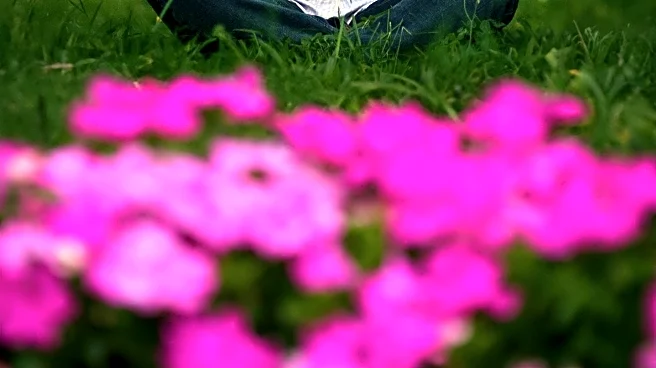What's Happening?
Entrepreneur Bryan Johnson has shared his elaborate 17-step morning routine aimed at promoting longevity and health. The routine includes practices such as red light therapy, sauna sessions, and the use of testicle ice packs. Johnson claims these practices have improved his health markers, including telomere length and inflammation levels. His routine, which starts at 4:30 am, also involves dietary supplements, exercise, and hyperbaric oxygen therapy. While some elements of his routine are supported by scientific evidence, others remain experimental and lack large-scale human trials.
Why It's Important?
Johnson's routine reflects a growing interest in biohacking and longevity, where individuals use technology and lifestyle changes to extend lifespan and improve health. This trend is significant as it challenges traditional healthcare approaches and emphasizes personal responsibility for health. However, it also raises concerns about the accessibility and scientific validity of such practices, as many are costly and not widely proven. The routine highlights the need for more research into the effectiveness and safety of unconventional health practices.
What's Next?
As interest in longevity and biohacking grows, there may be increased demand for scientific validation of these practices. Researchers and healthcare professionals might explore the potential benefits and risks associated with extreme health routines. Public interest could drive innovation in health technology and personalized medicine, but it also necessitates caution to avoid misinformation and ensure evidence-based practices.
Beyond the Headlines
Johnson's routine underscores ethical considerations about the pursuit of longevity and the societal implications of such practices. It raises questions about the balance between personal health optimization and broader public health priorities. The trend towards extreme health routines may influence cultural perceptions of aging and wellness, potentially leading to shifts in healthcare policy and consumer behavior.










